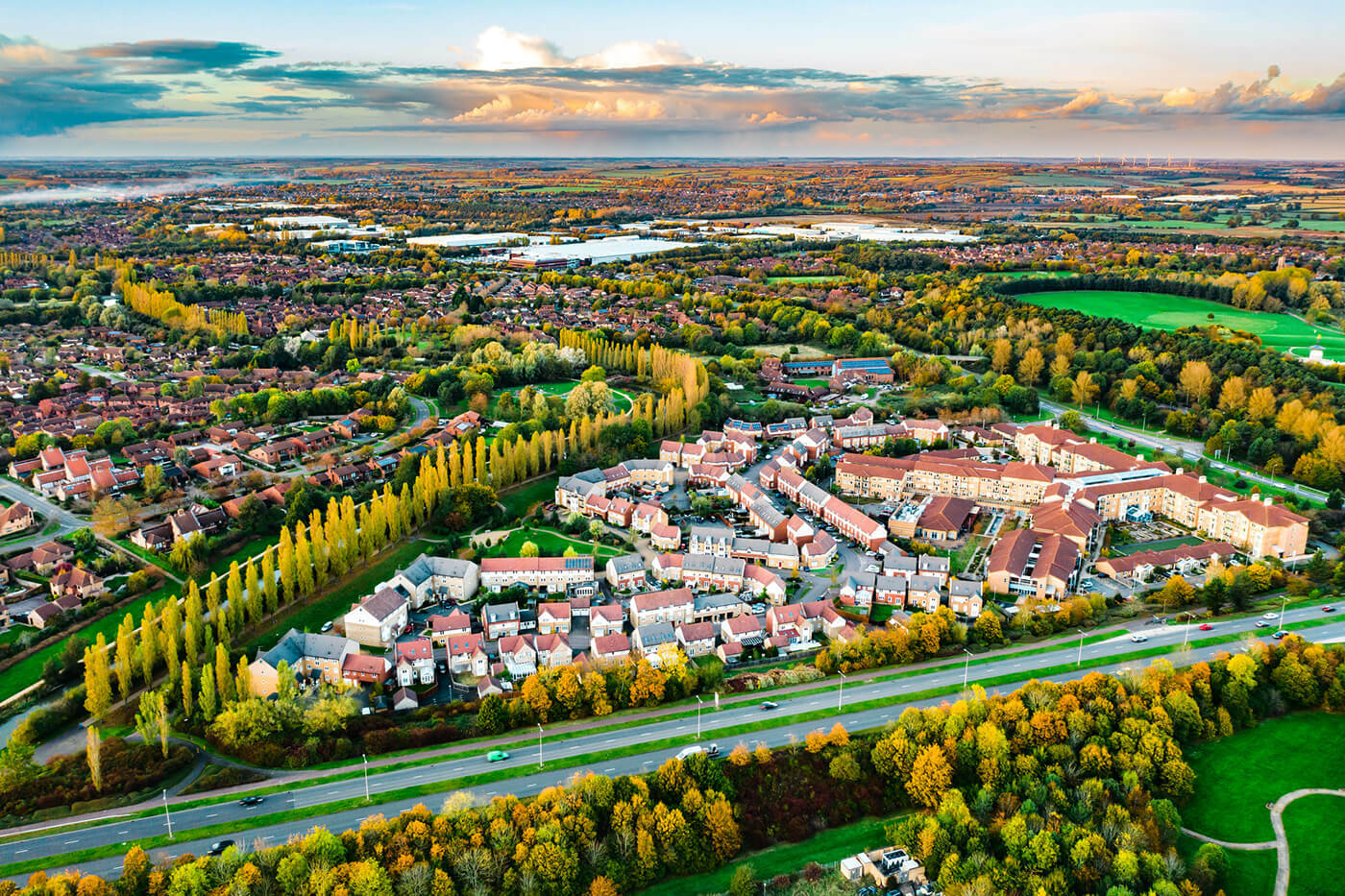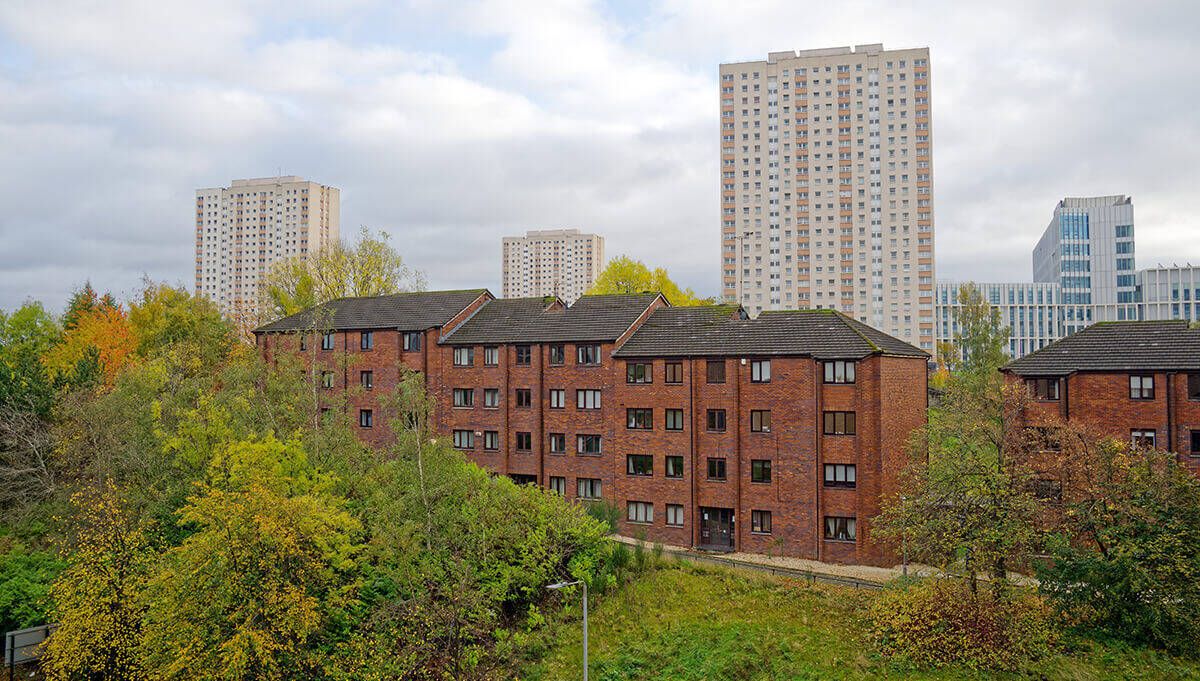Are you thinking of improving your procurement of software? Or enhancing those data integrations?
Or perhaps you want to realise the power the data in the same way that other authorities and data-users have done.

If you're considering improving your systems along these lines, read more about the following tips:
- Define scope and reasons
- Analyse current situation
- Prepare to achieve
- Plan a roadmap
- Connect and engage
- Summary
1. Define the scope and reason for mandating and integrating the UPRN/URSN into software systems
Envision: What is your vision for improving the integration of street and address data via UPRNs and USRNs?
Reasons: What is your reason for doing this?
For example, this could be:
- Streamlining of public-facing services
- Efficiency in data handling
- Effective monitoring of contractors/ suppliers
- Avoiding duplication and errors
- Preventing fraud
- Increasing revenues from council tax and NDR
- Maintaining a central repository for data
- Meeting statutory obligations
- Dealing with licensing issues
- Protecting the workforce
- Multi Agency intelligence
- General shared data intelligence
2. Perform your analysis of where you are now.
The current situation: You should always start at the beginning. By this, undertaking a simple review of the current situation, whether it be an individual piece of software, or different systems or overall corporate strategy. Knowing exactly where you are now and how everything fits together, and works will form the building block of a plan.

3. Prepare to achieve what you want to achieve
Gather requirements: What are the requirements? These are the defining boundaries and strategy but also in terms of the software considering all the functional and operational aspects.
Plan: You will need to consider the ‘who’ to involve and engage with, ‘what’ you want to do, ‘when’ it needs to be done, and ‘how’ it will happen for every part of the process. You will also need to consider all the opportunities and barriers
Evaluate sources: Consider what the best achievable scenario is for integration of street and address data. This is considering the source and method of update to build sustainable integration.
Whether the source is best served by products such as OS Places API, OS NGD, AddressBase or GeoPlace DataVia, or by direct internal links between software (automated or manual). But also, the frequency and currency that these systems require, together with the systems being able to share the wider intelligence within them with other systems.
4. Plan a roadmap taking all the above into consideration
Roadmap: You should always have a roadmap or project plan of what you want to achieve and how it will work. Again, each key stage may have its own sub roadmap providing more in-depth detail.

5. Connect and engage
Engage: Engage with everyone that can help through the conception, research, and implementation of both procuring new software, but also how to improve existing data linking and quality with existing systems.
Ask questions to understand where you are now and where you would like to be. What are the possibilities, issues, and barriers you many need to consider. Look at the now and how, alongside what, when and how of the future.
Communicate: Communicate the vision and the reason to gain the crucial buy in and help with all from all levels. Use the vision and strategy to engage across sectors.
Connect with other teams: Work alongside IT and GIS teams to provide you with insight on IT strategies and requirements, try to inform the IT vision of where the organisation is headed technology wise. What could be possible now and for the future.
Connect outside your organisation: Work with peers in other organisations as they will hold valuable experience across a wide range of key aspects.
Connect with other stakeholders: Local authorities, public sector organisations and suppliers being able talk to each other. Communicating between each other helps to understand needs, any issues, and barriers you may encounter and how you can overcome them. Which can all improve software and processes.
Talking with software suppliers can help highlight areas where the software does not have desired functionality and features that can help consume, update, export, and export data between different software systems.
6. Summary
GeoPlace continue to work with local authorities, software providers and beyond to enhance and develop the tools and advice that can be provided.
So, the challenge now is what are your possibilities for connecting your data via the golden thread of the UPRN and USRN?
Ask yourself:
- How can you better procure software that will allow the UPRN or USRN to be consumed, updated, exposed, and exported?
- How can you improve your existing processes and data linking capabilities to realise the intelligence across different software via the UPRN and USRN?
- How can you build in continuous reviews of your software, processes, and strategies to continually adapt to a changing environment and needs?
Many local authorities have or are currently embarking on this journey of integration. If you haven’t yet, why not start now?




